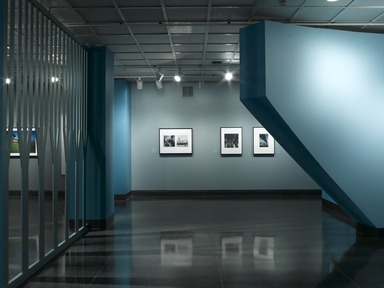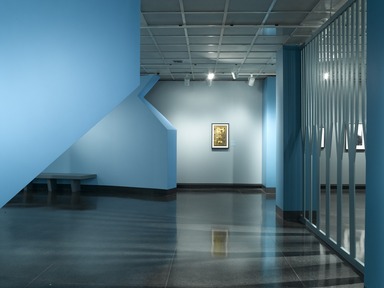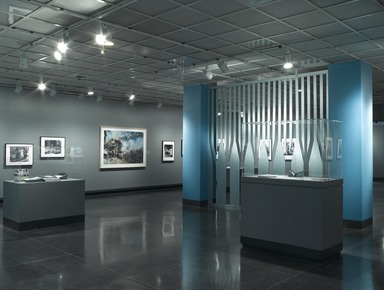

Looking Back from Ground Zero: Images from the Brooklyn Museum Collection, August 30, 2006 through January 07, 2007 (Image: DIG_E_2006_Ground_01_PS2.jpg Brooklyn Museum photograph, 2006)

Looking Back from Ground Zero: Images from the Brooklyn Museum Collection, August 30, 2006 through January 07, 2007 (Image: DIG_E_2006_Ground_02_PS2.jpg Brooklyn Museum photograph, 2006)
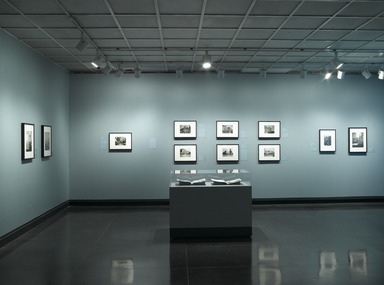
Looking Back from Ground Zero: Images from the Brooklyn Museum Collection, August 30, 2006 through January 07, 2007 (Image: DIG_E_2006_Ground_03_PS2.jpg Brooklyn Museum photograph, 2006)
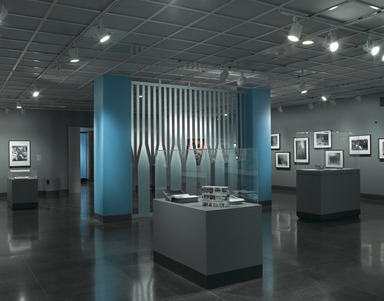
Looking Back from Ground Zero: Images from the Brooklyn Museum Collection, August 30, 2006 through January 07, 2007 (Image: DIG_E_2006_Ground_04_PS2.jpg Brooklyn Museum photograph, 2006)
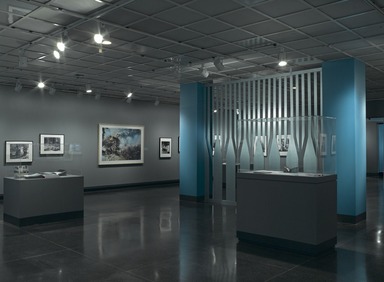
Looking Back from Ground Zero: Images from the Brooklyn Museum Collection, August 30, 2006 through January 07, 2007 (Image: DIG_E_2006_Ground_05_PS2.jpg Brooklyn Museum photograph, 2006)
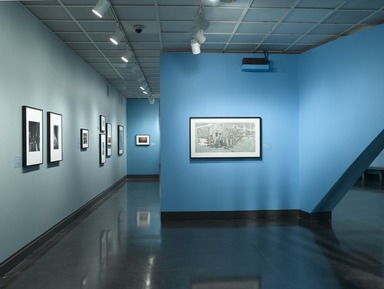
Looking Back from Ground Zero: Images from the Brooklyn Museum Collection, August 30, 2006 through January 07, 2007 (Image: DIG_E_2006_Ground_06_PS2.jpg Brooklyn Museum photograph, 2006)
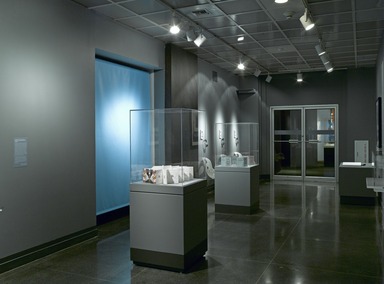
Looking Back from Ground Zero: Images from the Brooklyn Museum Collection, August 30, 2006 through January 07, 2007 (Image: DIG_E_2006_Ground_07_PS2.jpg Brooklyn Museum photograph, 2006)

Looking Back from Ground Zero: Images from the Brooklyn Museum Collection, August 30, 2006 through January 07, 2007 (Image: DIG_E_2006_Ground_08_PS2.jpg Brooklyn Museum photograph, 2006)
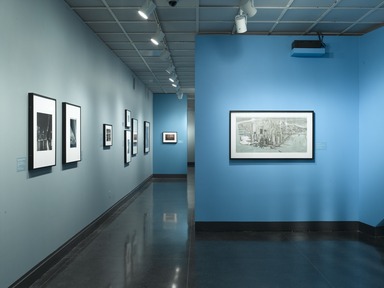
Looking Back from Ground Zero: Images from the Brooklyn Museum Collection, August 30, 2006 through January 07, 2007 (Image: DIG_E_2006_Ground_09_PS2.jpg Brooklyn Museum photograph, 2006)

Looking Back from Ground Zero: Images from the Brooklyn Museum Collection, August 30, 2006 through January 07, 2007 (Image: DIG_E_2006_Ground_10_PS2.jpg Brooklyn Museum photograph, 2006)

Looking Back from Ground Zero: Images from the Brooklyn Museum Collection, August 30, 2006 through January 07, 2007 (Image: DIG_E_2006_Ground_11_PS2.jpg Brooklyn Museum photograph, 2006)

Looking Back from Ground Zero: Images from the Brooklyn Museum Collection, August 30, 2006 through January 07, 2007 (Image: DIG_E_2006_Ground_12_PS2.jpg Brooklyn Museum photograph, 2006)
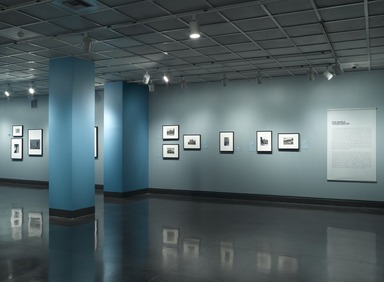
Looking Back from Ground Zero: Images from the Brooklyn Museum Collection, August 30, 2006 through January 07, 2007 (Image: DIG_E_2006_Ground_13_PS2.jpg Brooklyn Museum photograph, 2006)

Looking Back from Ground Zero: Images from the Brooklyn Museum Collection, August 30, 2006 through January 07, 2007 (Image: DIG_E_2006_Ground_14_PS2.jpg Brooklyn Museum photograph, 2006)
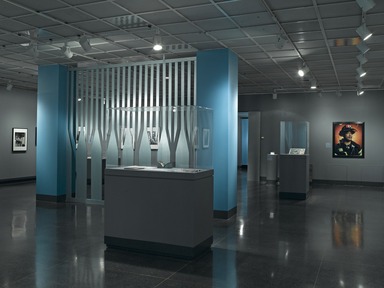
Looking Back from Ground Zero: Images from the Brooklyn Museum Collection, August 30, 2006 through January 07, 2007 (Image: DIG_E_2006_Ground_15_PS2.jpg Brooklyn Museum photograph, 2006)

Looking Back from Ground Zero: Images from the Brooklyn Museum Collection, August 30, 2006 through January 07, 2007 (Image: DIG_E_2006_Ground_16_PS2.jpg Brooklyn Museum photograph, 2006)
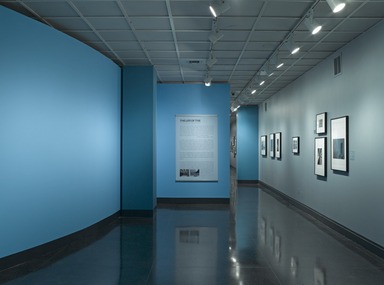
Looking Back from Ground Zero: Images from the Brooklyn Museum Collection, August 30, 2006 through January 07, 2007 (Image: DIG_E_2006_Ground_17_PS2.jpg Brooklyn Museum photograph, 2006)

Looking Back from Ground Zero: Images from the Brooklyn Museum Collection, August 30, 2006 through January 07, 2007 (Image: DIG_E_2006_Ground_18_PS2.jpg Brooklyn Museum photograph, 2006)
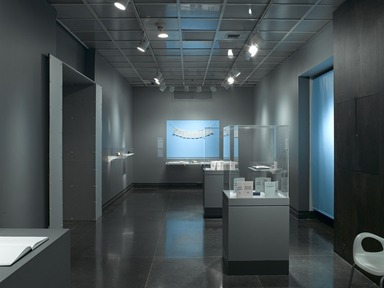
Looking Back from Ground Zero: Images from the Brooklyn Museum Collection, August 30, 2006 through January 07, 2007 (Image: DIG_E_2006_Ground_19_PS2.jpg Brooklyn Museum photograph, 2006)
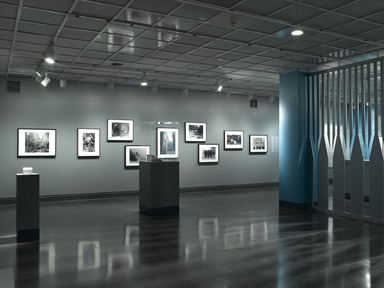
Looking Back from Ground Zero: Images from the Brooklyn Museum Collection, August 30, 2006 through January 07, 2007 (Image: DIG_E_2006_Ground_20_PS2.jpg Brooklyn Museum photograph, 2006)

Looking Back from Ground Zero: Images from the Brooklyn Museum Collection, August 30, 2006 through January 07, 2007 (Image: DIG_E_2006_Ground_21_PS2.jpg Brooklyn Museum photograph, 2006)
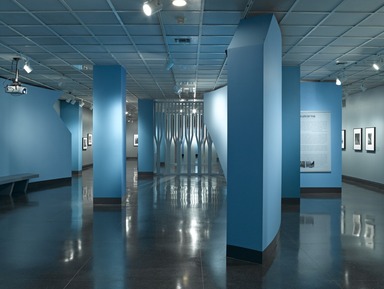
Looking Back from Ground Zero: Images from the Brooklyn Museum Collection, August 30, 2006 through January 07, 2007 (Image: DIG_E_2006_Ground_22_PS2.jpg Brooklyn Museum photograph, 2006)
Looking Back from Ground Zero: Images from the Brooklyn Museum Collection
-
Looking Back from Ground Zero: Images from the Brooklyn Museum Collection
On September 11, 2001, two airplanes hijacked by terrorists slammed into the twin towers of New York City’s World Trade Center, causing the collapse of a landmark that most people thought was indestructible. On that sunny morning thousands lost their lives, the lives of the survivors were permanently changed, and the city lost a major site that not only housed hundreds of vital corporations but also helped make Lower Manhattan the financial center of America. Clearing the debris took months, and when it was finished, New York was left with a gaping hole—aptly named Ground Zero—in what had been one of its most vibrant neighborhoods.
Although never before in so tragically abrupt a manner, the area that was home to the World Trade Center has changed character a number of times in the past three hundred years. Because Lower Manhattan was one of the first areas settled in New York, it has a long, rich history. Countless artists have depicted and documented it.
Using only works from the Brooklyn Museum’s collection, this exhibition looks at the changing face of Lower Manhattan from the late eighteenth century to the aftermath of the September 11 attacks. Although it would be impossible to document the entire history of the site from the collection, these images give a sense of the many permutations and transitions that the area has experienced through the years. -
Before the World Trade Center
Lower Manhattan (generally defined as the sector south of Chambers Street) has been a vital center of activity for centuries. Hundreds of years ago it was an important hunting and fishing area for Native Americans. Following independence, when New York became the first capital of the United States, Congress met at Federal Hall at 26 Wall Street (the corner of Wall and Nassau) and in 1789 George Washington took the Presidential oath of office there. From the city’s beginnings as New Amsterdam, the area was also important as a port. Ships bringing people and goods from around the world docked there, first along the East River and later along the Hudson River as well. Ferries bringing passengers from Brooklyn, Staten Island, and New Jersey also docked in Lower Manhattan.
The area remained the main business district of New York until the early twentieth century, when train service began to the Midtown terminals, Pennsylvania Station (1910) and Grand Central (1913). The district then moved north, and skyscrapers, symbolizing the economic power of New York City, dominated Midtown. The shift of business back to the southern tip of the island began in the 1960s, first with the relocation of Chase Manhattan Bank, formerly in Midtown, to a downtown site bordered by Liberty, Nassau, and Pine Streets, and culminating with the opening of the World Trade Center in 1972. -
The Life of the Trade Center
“When the port of New York authority first announced the proposed construction of the World Trade Center, the brochure quoted from Walt Whitman, “High growth of iron, splendidly uprising toward clear skies.” To the Port Authority, the construction of the World Trade Center might have meant growth. But to many of the three hundred small businessmen in the thirteen blocks to be cleared for the center it meant disaster.
—WCBS-TV news report, 1960s
In 1961 David Rockefeller, the head of Chase Manhattan Bank, moved the bank’s headquarters from Midtown to Lower Manhattan and began supporting plans to rejuvenate the area with enormous buildings. When the final plans for the World Trade Center towers were unveiled in early 1962, the New York Times remarked, “Their impact on New York, for better or for worse, economically or architecturally, is bound to be enormous.”
Demolition of buildings on the sixteen-acre World Trade Center site began in March 1966, and the first tenant occupied World Trade One in 1970. The massive complex did revive Lower Manhattan, and the twin towers dominated the New York City skyline.
The view of the buildings expressed by their architect, Minoru Yamasaki, is in retrospect ironic. “World trade,” he said, “means world peace, and consequently the World Trade Center buildings in New York had a bigger purpose than just to provide room for tenants. The World Trade Center is a living symbol of man’s dedication to world peace, a representation of man’s belief in humanity.” -
After the Attacks
The skyline had more magnetic power than ever before, but this time it was not the allure of the postcard view, but the horror of something ruined. Our eyes were fixed on the void not out of pleasure at the grotesque sight, but in disbelief, since before that day we had known only a skyline that grew continually bigger; it did not get smaller, and certainly did not disintegrate.
—Architecture critic Paul Goldberger, 2001
All seven buildings of the World Trade Center complex were lost in the terrorist attacks of September 11. Among these were the U.S. Customs House in World Trade 6 and the Marriott World Trade Center Hotel in World Trade 3. The Verizon Building, St. Nicholas Greek Orthodox Church, One Liberty Plaza, 130 Liberty Street (the Deutsche Bank Building), and portions of the World Financial Center sustained significant damage.
The face and spirit of Lower Manhattan were attacked that day. The site where the small buildings of the nineteenth century once stood, where the dissonant clamor that suffused Radio Row was heard in the early twentieth century, where the towering Trade Center buildings symbolized economic power and dominated the city was tragically transformed into a smoldering site of destruction and lost dreams. -
Bernice Abbott's Changing New York
Influenced by the French photographer Eugene Atget, who photographed the streets of Paris, Berenice Abbott recorded the changing face of New York, taking three hundred eight photographs of the city from 1935 to 1938 in a project funded by the Federal Art Project and sponsored by the Museum of the City of New York. Abbott focused on architecture rather than people and wrote that she wanted to “show the skyscraper in relation to the less colossal edifices which preceeded it . . .the past jostling the present.” She took a number of these photographs in the area of Lower Manhattan that was eventually cleared to make way for first the World Trade Center and later the World Financial Center.
-
June 7, 2006
Commemorating the fifth anniversary of the September 11, 2001 attack on the World Trade Center, Looking Back from Ground Zero: Images from the Brooklyn Museum Collection, an exhibition at the Brooklyn Museum, will be on view August 30, 2006–January 7, 2007. Drawn from the Museum’s collections, it includes photographs, paintings, drawings, books, and prints. Ranging from 19th-century vintage photographs to contemporary works, the exhibition focuses on the lower Manhattan area around the World Trade Center before, during, and after the attack. In addition to historical maps of Manhattan, the exhibition includes several books by artists reflecting issues related to September 11th. The books on view, including the work of Art Spiegelman and Mimi Gross, offer a variety of artists’ personal responses to the 9/11 event and its global aftereffect.
Among the works on view are photographs by the photojournalist G.N. Miller, who covered the collapse of the towers for the New York Post. In contrast to Miller’s tragic photographs, images by Berenice Abbot, Consuelo Kanaga, and Dr. Drahomir Ruzicka capture New York City’s urban progress during the 1930s, 40s, and 50s. Gerard Maynard presents an optimistic reconstruction of the World Trade Center site in his photograph WTC 11.11.03.
Looking Back from Ground Zero: Images from the Brooklyn Museum Collection, is being co-organized by Marilyn Kushner, Curator and Chair, Department of Prints, Drawings, and Photographs, and Deirdre E. Lawrence, Principal Librarian/Coordinator of Research Services.
This exhibition is made possible in part by Independence Community Foundation and other generous contributors.
View Original
